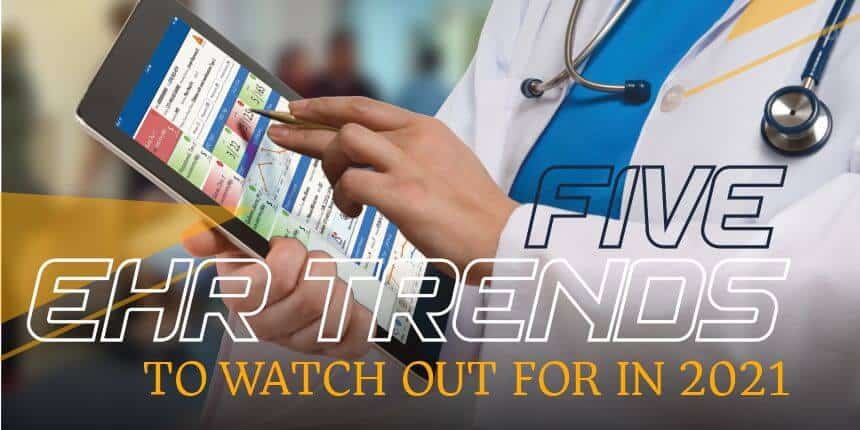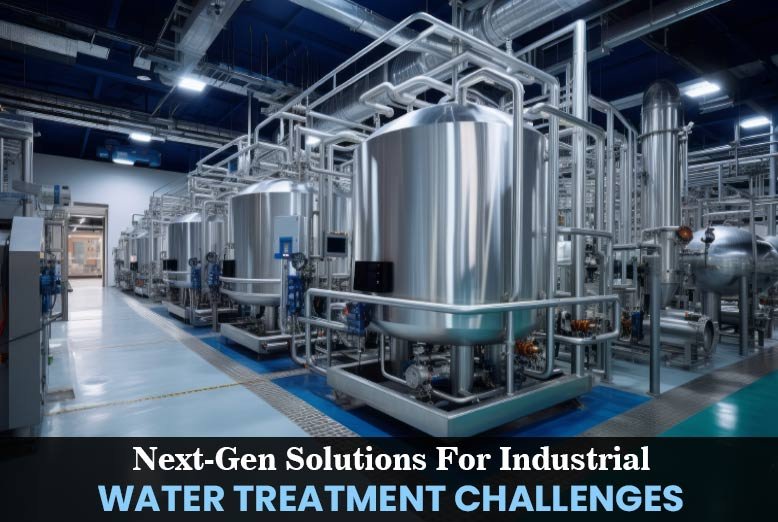Over the years, innovations in the healthcare sector have influenced patient care and enhancements in health information technology have improved patient safety and reduced medical errors. Researchers around the world are prioritizing the studies to improve safety and reduce errors. Electronic Health Records (EHRs) can achieve this vision by improving the efficiency and quality of healthcare and by streamlining healthcare processes. An Electronic Health Record (EHR) is an individual’s official health document that is shared among multiple facilities and agencies.
As more patient information is becoming digital and a large number of consumers are expressing the desire to have mobile access to their health records, the role of EHR is becoming significantly influential in healthcare. According to Definitive Healthcare data from 2020, more than 89 percent of all hospitals have implemented inpatient or an ambulatory EHR system, which further justifies the increased proliferance of EHR systems. However, newer technologies are emerging day in and day out. Thus, although EHR systems are firmly established in the medical landscape, the ongoing technological progress necessitates those providers to keep up with emerging trends. In this article, we will go through five of these emerging trends to anticipate for 2021.
Blend of Artificial Intelligence and Voice Recognition with EHR
Artificial Intelligence has already shown promising results in the healthcare sector by assisting doctors by making diagnoses and recognizing historical trends about a patient’s condition. Additionally, several companies are investigating bringing AI to EHR via voice recognition capabilities. For example, at Vanderbilt University Medical Center, providers can query the tools by posing questions in natural language, for instance, a physician could ask a voice-enabled EHR system for details about a patient’s last recorded iron levels from blood tests. The system would inform the doctor about those levels and also tell them whether they are in a healthy range. Furthermore, Allscripts and Northwell Health also recently partnered to build new Voice-Enabled, AI-Based EHR. Especially for providers who have continuous work to do, using voice commands with patient care could be very useful.
Emphasis on Mitigating EHR Errors
The issues related to EHR were mentioned multiple times in the ECRI institute’s 2020 report containing the Top 10 Health Technology Errors to be aware in the coming year. This was the first instance where providers were overwhelmed with notifications from EHR platforms. As a result, they ignored some of the notifications and overlooked genuine issues with patients Moreover, this report also brought up the risk of medical data not including information about implants in patients that are sent for medical imaging. The study recommended providing a single phase to enter or check the presence of implant data in an EHR. Lastly, the ECRI Institute cautioned that if a medication administration order sent by an EHR platform does not match the dosage time the provider intended, EHR mistakes could happen. The coverage of these mistakes would likely cause healthcare facilities to assess their systems and see if the issues exist there. If so, they will look for ways to reduce the problems.
Efforts to increase Patient Engagement
There are numerous benefits of moving to an EHR system. For instance, Seattle Children’s Hospital sees 350,000 patients annually and it uses the EHR system to have all the information about those people in one place. Moreover, EHR systems allow monitoring people outside the hospital, such as when they’re at home. EHR platforms could also gather data about a connected medical wearable. Some facilities also depend upon EHR platforms to boost patient engagement levels and reduce manual tasks performed by administrative staff members. Many of their patients are tech-savvy, thus there was a push to offer mobile-first services to them. Furthermore, one effort concerned using the EHR platform to distribute appointment reminders to people via text messages, as a result, the facility lowered its cancellation rates by one-third, achieving a 4% average, which is significantly below the industry average of 10.5%. Due to outcomes like these, a higher number of facilities are likely to start using EHR platforms to increase patient engagement.
Continuous Preparation for the 5G Network
The 5G network is set to take hold of the market in the near future. In many residential areas, infrastructure updates are going on along with the tests to check the network performance. While other industry verticals are all ready for 5G, some analysts think that the healthcare sector is not ready for 5G yet. The primary reason for this shortcoming is the lack of compatibility between EHR systems. If this incompatibility remains, there is a fear that it won’t matter how fast the 5G network is and what benefits it may offer the medical field. However, all the preparations don’t relate directly to EHR, for instance, Chicago’s Rush University Medical Center installed 5G in one of its buildings because it didn’t want to deal with the vastly outdated wiring. Shortly, these 5G preparations are expected to speed up. As the preparations accelerate, the responsible parties must also consider how the improvements might affect EHR and the other aspects of patient care.
Incorporation of Blockchain into EHR
Presently, many industries such as the supply industry are using blockchain to increase visibility about shipments and share the respective information with the relevant parties. Likewise, it has the potential to be used in the medical records as well. In an example from Brazil with insurer Metlife, a blockchain platform facilitated recording cases of gestational diabetes in pregnant patients by syncing with their EHR information. The patient data then facilitated a smart contract to trigger payouts associated with that illness without the need to prove a diagnosis or even file a claim. Presently, the blockchain technology for EHR is in its early stages, but it is expected to gain momentum in 2020 and the near future.
To conclude, the emergence of technologies such as EHR is fueling the growth of the healthcare sector. EHR has shown significant potential in a very short period of time and promises to be the technology for the future as well. Thus, if implemented properly, these trends can revolutionize the way providers and patients interact with EHR data, and ultimately help create mutually beneficial scenarios.















